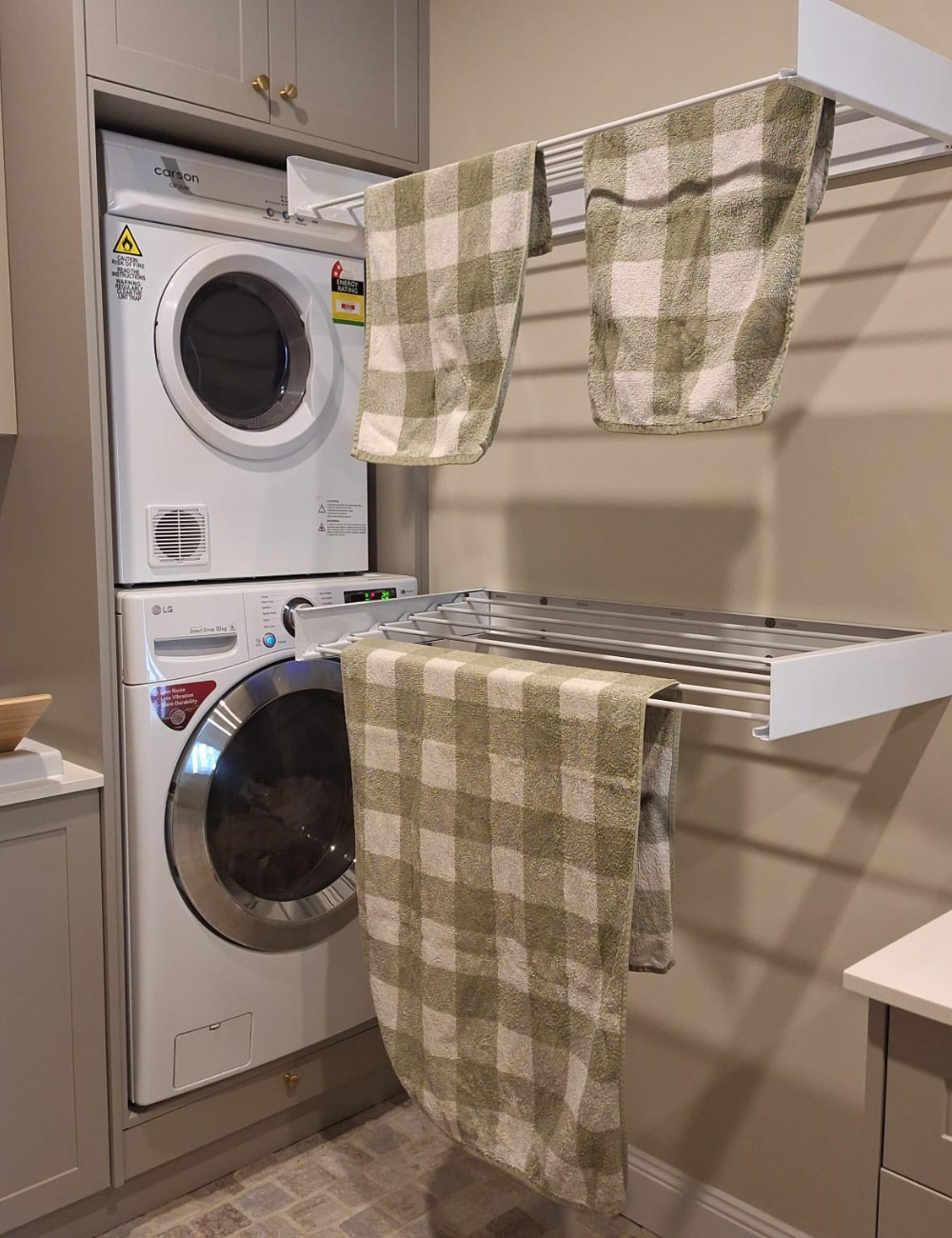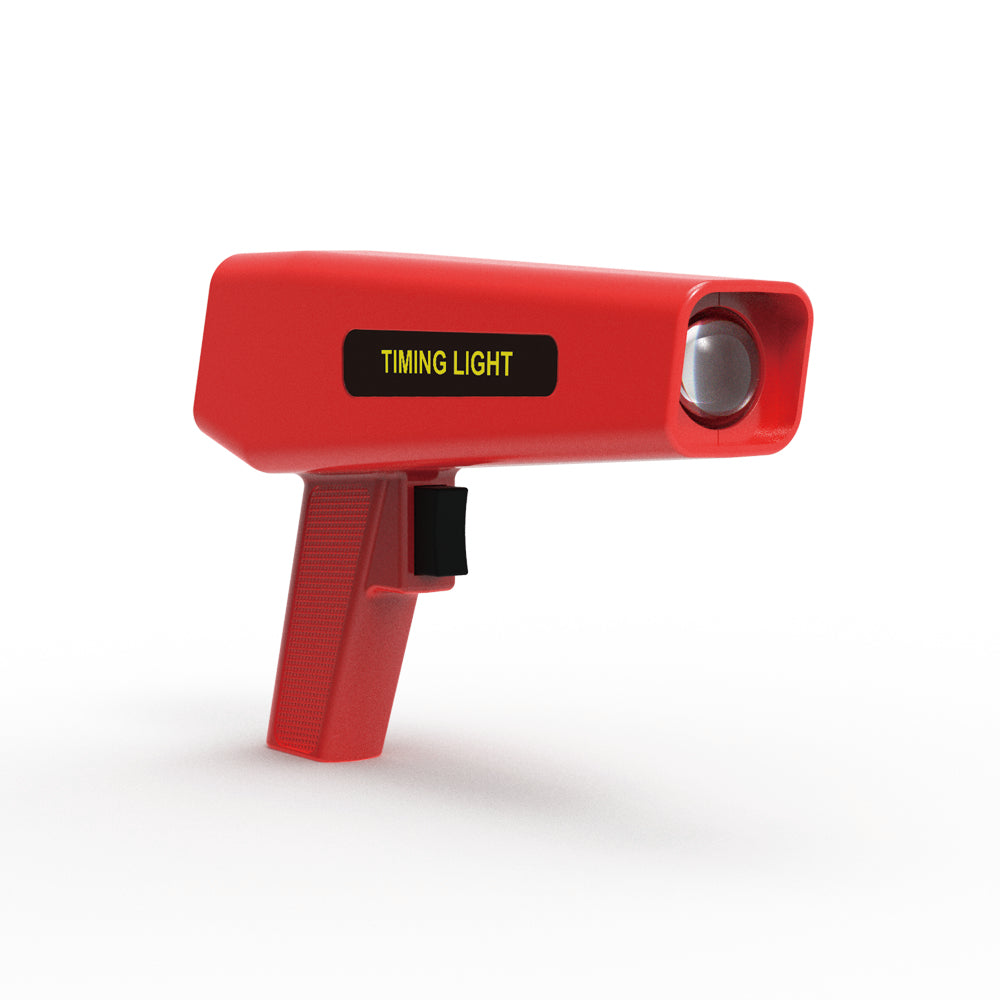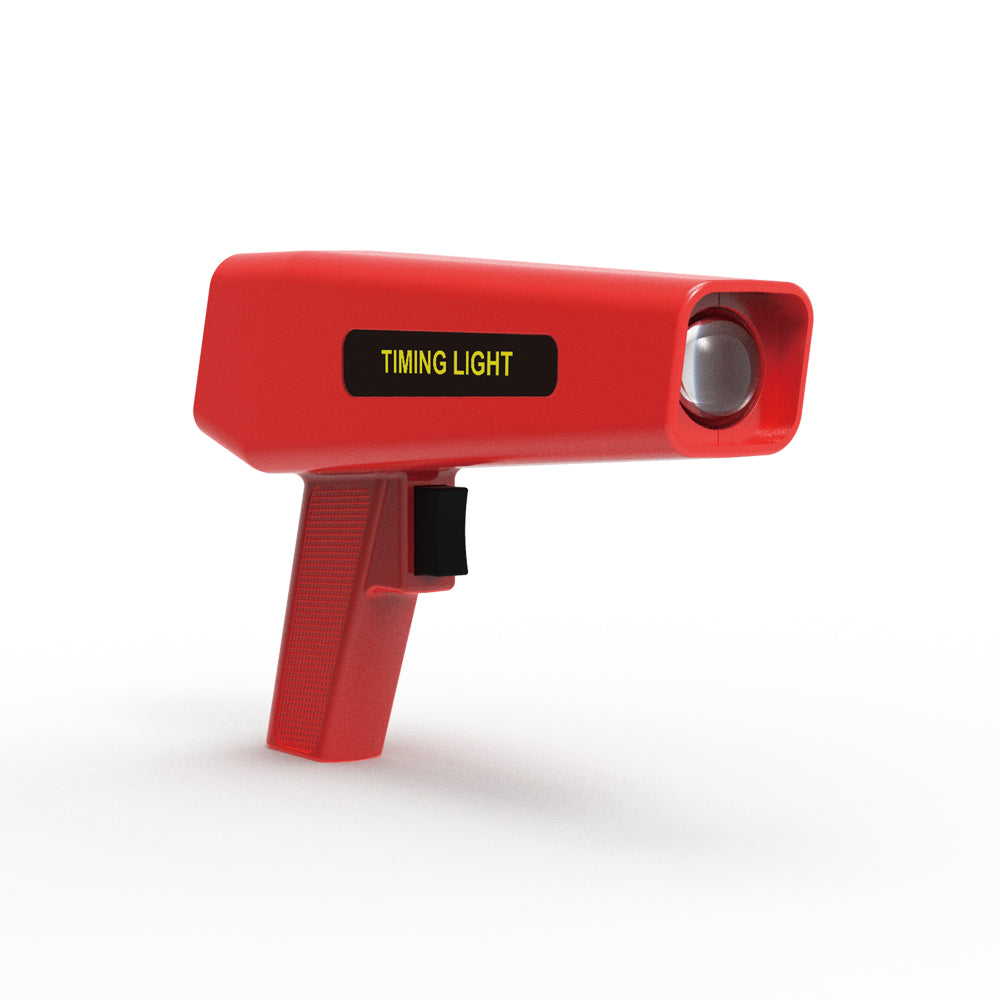Are you looking for a way to improve your engine's performance and get the most out of your vehicle? If so, a timing light may be just what you need. In this article, we will provide a comprehensive guide to timing lights, including what they are, how they work, their benefits, and tips for usage and maintenance.
What is a Timing Light?
A timing light is a tool used to set the ignition timing on an internal combustion engine. It is a handheld device that connects to the spark plug wire of the engine and provides a strobe light that illuminates the timing marks on the engine's crankshaft. By adjusting the timing of the engine, you can improve its performance, reduce emissions, and increase fuel efficiency.
How Does a Timing Light Work?
Timing lights work by illuminating the timing marks on the engine's crankshaft. When the engine is running, the timing light strobes at the same frequency as the spark plug firing. As a result, the timing light illuminates the timing marks on the crankshaft, making it easy to adjust the timing of the engine.
Benefits of Using a Timing Light
There are several benefits of using a timing light on your engine. First and foremost, it allows you to set the ignition timing of your engine with precision. By adjusting the timing of your engine, you can optimize its performance, improve fuel efficiency, and reduce emissions.
In addition, using a timing light can help you diagnose problems with your engine. If your engine is not running properly, a timing light can help you identify issues such as misfires, fouled spark plugs, or worn timing components.
Tips for Using and Maintaining a Timing Light
When using a timing light, it is important to follow the manufacturer's instructions carefully. This includes ensuring that the timing light is connected to the correct spark plug wire and that the timing marks on the crankshaft are properly aligned. Additionally, you should use the timing light in a well-lit area, as it can be difficult to see the timing marks in low light conditions.
To maintain your timing light, it is important to keep it clean and store it in a dry, protected location. Additionally, you should check the batteries regularly and replace them as needed.
Conclusion
A timing light is a valuable tool for anyone looking to improve the performance of their engine. By following the tips and guidelines outlined in this article, you can use a timing light with confidence to optimise the performance of your engine and reduce emissions. So why not give it a try and see how it can help you get the most out of your vehicle?








Leave a comment
This site is protected by hCaptcha and the hCaptcha Privacy Policy and Terms of Service apply.